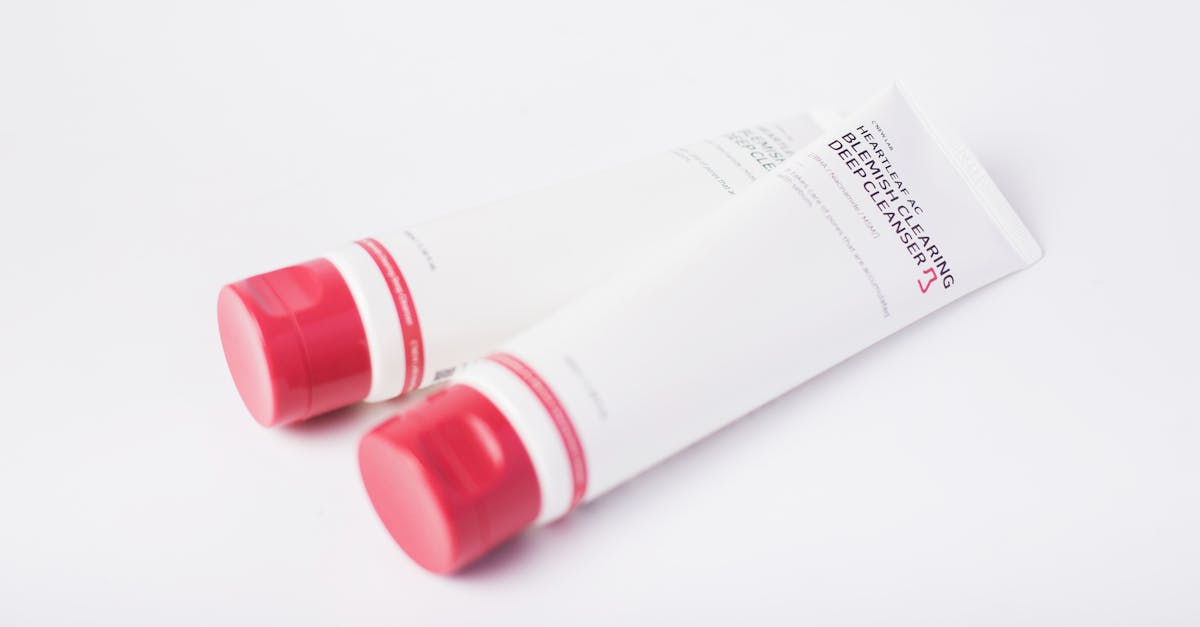
Table Of Contents
Duration of Results with Botox and Dermal Fillers
Both Botox and dermal fillers are popular non-surgical cosmetic treatments used to reduce the appearance of wrinkles and fine lines on the face. When considering the duration of results, it is essential to recognize that Botox typically lasts between 3 to 6 months. This time frame can vary depending on the individual's metabolism, the amount of product used, and the area treated. On the other hand, dermal fillers tend to last longer than Botox, with results lasting anywhere from 6 months to 2 years. The longevity of dermal fillers is due to their composition, designed to add volume to specific areas where volume loss has occurred, such as in the cheeks or lips.
Understanding the duration of results for both Botox and dermal fillers is crucial for individuals seeking cosmetic treatments. While Botox offers temporary results that require regular treatments to maintain a youthful appearance, dermal fillers provide longer-lasting outcomes. Patients looking for a quick fix to smooth out dynamic wrinkles may opt for Botox, whereas those aiming to add volume to areas of the face for a more youthful look might prefer dermal fillers. Ultimately, consulting with a qualified healthcare professional is the best way to determine which treatment aligns better with one's aesthetic goals and lifestyle.
Exploring the Duration of Results for Botox and Dermal Fillers
When considering the longevity of the results for Botox and dermal fillers, understanding the differences is crucial. Botox typically lasts around 3 to 4 months before needing a touch-up, as it works by temporarily paralyzing the muscles that cause wrinkles. In contrast, dermal fillers can last anywhere from 6 months to 2 years, depending on the type of filler used and the area treated. This distinction in duration is essential for individuals looking for longer-lasting results or those seeking a more temporary solution to their aesthetic concerns.
The varying durations of Botox and dermal fillers play a significant role in decision-making for those considering cosmetic procedures. While Botox provides a relatively quick fix with results that wear off within a few months, dermal fillers offer a more enduring outcome. Understanding these timelines helps individuals align their treatment choices with their desired aesthetic goals. Whether opting for the temporary muscle-relaxing effects of Botox or the longer-lasting volume restoration of dermal fillers, knowing how long each treatment typically lasts is essential for informed decision-making in the realm of cosmetic enhancements.
Safety Concerns with Botox and Dermal Fillers
Safety concerns are paramount when considering cosmetic procedures such as Botox and dermal fillers. While both treatments are generally safe and well-tolerated, there are specific risks associated with each. With Botox injections, potential side effects may include bruising, redness, or mild pain at the injection site, as well as rare instances of eyelid drooping or eyebrow asymmetry. On the other hand, dermal fillers can lead to issues like swelling, redness, tenderness, or the formation of lumps under the skin. It's crucial to consult with a qualified provider to discuss these risks and ensure that the chosen treatment aligns with your individual health profile and aesthetic goals.
Addressing Safety Issues Associated with Botox and Dermal Fillers
The safety concerns associated with Botox and dermal fillers are crucial considerations for individuals seeking cosmetic enhancements. While both procedures are generally safe when administered by qualified professionals, there are potential risks to be aware of. In the case of Botox, side effects may include temporary bruising, headaches, or drooping of the eyelid in some instances. On the other hand, dermal fillers can sometimes lead to redness, swelling, or even allergic reactions, emphasizing the necessity of careful evaluation and expert application by trained practitioners to mitigate these risks. Consulting with a reputable provider and discussing your medical history and expectations is paramount to ensuring a successful and safe procedure.
Moreover, as with any medical treatment, it is crucial for individuals considering Botox or dermal fillers to be informed about the potential risks and complications that may arise. While allergic reactions are rare, they can occur with dermal fillers, leading to swelling or even skin damage in severe cases. Understanding the differences between Botox and dermal fillers, and how they specifically interact with your unique physiology, is fundamental in making an informed decision regarding which treatment aligns best with your desired outcomes and risk tolerance. Prioritizing safety, thorough research, and open communication with your healthcare provider are key steps in ensuring a positive experience when opting for cosmetic procedures involving Botox and dermal fillers.
Cost Comparison
When comparing the costs of Botox and dermal fillers, it is essential to consider the longevity of results. While Botox typically lasts around 3-4 months before requiring a touch-up treatment, dermal fillers can last anywhere from 6 months to 2 years, depending on the type of filler used and the area treated. This means that although dermal fillers may initially seem more expensive than Botox, the longer duration of results may make them a more cost-effective option in the long run for some individuals.
In addition to the duration of results, the quantity of product needed for Botox versus dermal fillers can also impact the overall cost. Generally, Botox is priced per unit, with the number of units required varying depending on the treatment area and desired results. On the other hand, dermal fillers are typically priced per syringe, with the amount of product needed determined by the depth of the lines or volume loss being addressed. This difference in pricing structures means that the overall cost of Botox and dermal filler treatments can vary significantly from person to person and from one treatment session to the next.
Analyzing the Cost Difference between Botox and Dermal Fillers
When considering the financial aspects of cosmetic treatments, one key factor to examine is the cost disparity between Botox and dermal fillers. Generally, the cost of dermal fillers tends to be higher than that of Botox on a per-treatment basis. This difference in pricing can be attributed to various factors, including the type of filler used, the quantity required for the desired results, and the expertise of the injector.
Moreover, the longevity of results plays a significant role in determining the overall cost-effectiveness of these treatments. While dermal fillers usually offer immediate results that can last anywhere from six months to two years depending on the type of filler used, Botox results typically last around three to four months. This discrepancy in the duration of results may influence individuals to opt for dermal fillers despite the higher initial cost, as they may require fewer treatments throughout the year compared to Botox.
FAQS
Can you explain the difference between Botox and dermal fillers?
Botox and dermal fillers are both cosmetic treatments used to reduce the appearance of wrinkles, but they work in different ways. Botox works by temporarily paralyzing the muscles that cause wrinkles, while dermal fillers work by adding volume to the skin to fill in wrinkles.
Which treatment, Botox or dermal fillers, lasts longer?
The duration of results varies between Botox and dermal fillers. Botox typically lasts around 3-4 months, while the effects of dermal fillers can last anywhere from 6 months to 2 years, depending on the type of filler used and the area treated.
Are there any safety concerns associated with Botox and dermal fillers?
Like any cosmetic procedure, there are potential risks and side effects associated with both Botox and dermal fillers. It is important to seek treatment from a qualified and experienced healthcare professional to minimize the risks and ensure a safe treatment experience.
What factors should I consider when deciding between Botox and dermal fillers?
When deciding between Botox and dermal fillers, consider factors such as the area you want to treat, the severity of your wrinkles, your desired outcome, and the duration of results you are looking for. Consulting with a healthcare provider can help you determine which treatment option is best suited for your individual needs.
How does the cost of Botox compare to dermal fillers?
The cost of Botox and dermal fillers can vary depending on the provider, location, and amount of product needed. Generally, Botox is priced per unit, while dermal fillers are priced per syringe. It is important to discuss pricing with your healthcare provider during a consultation to understand the cost difference between the two treatments.


